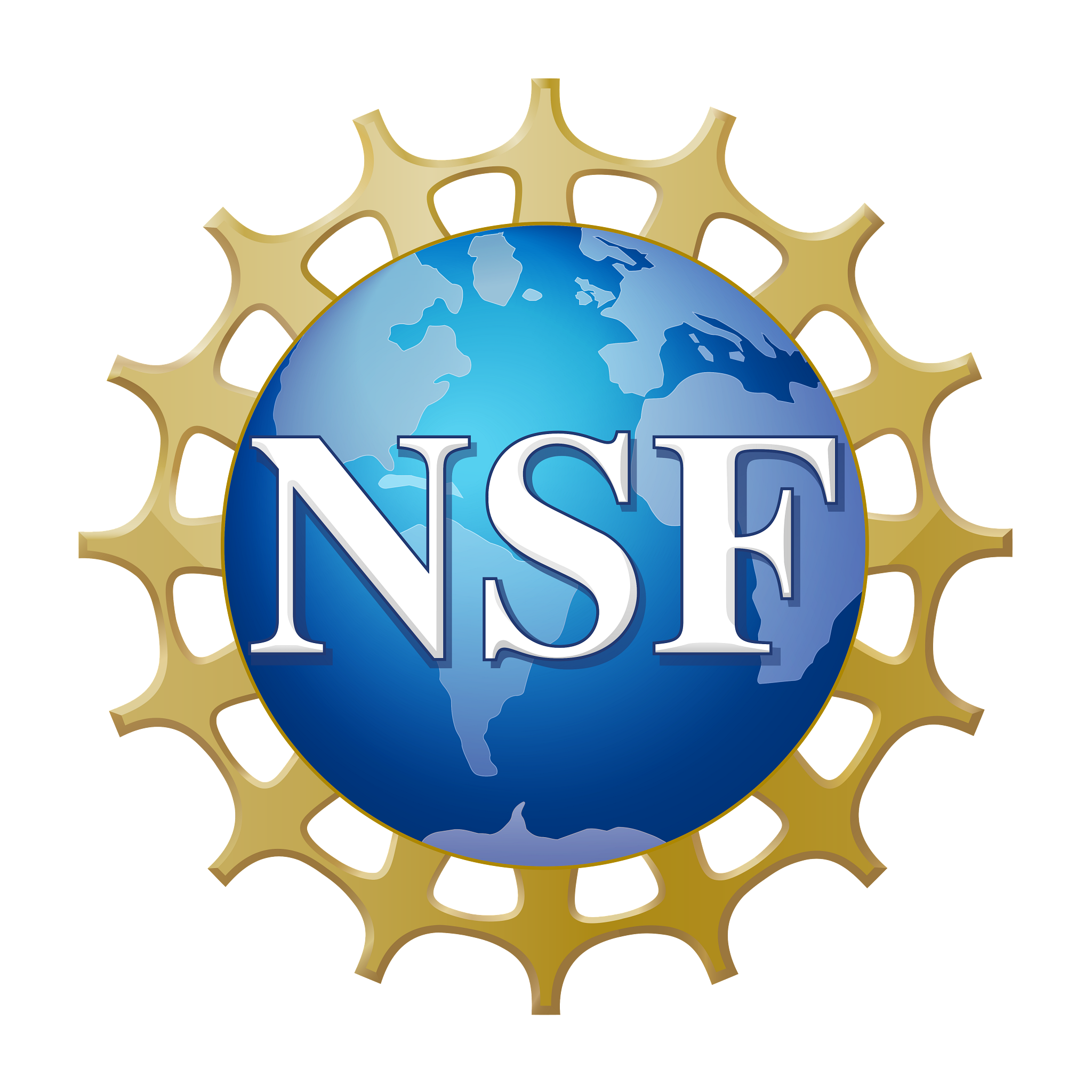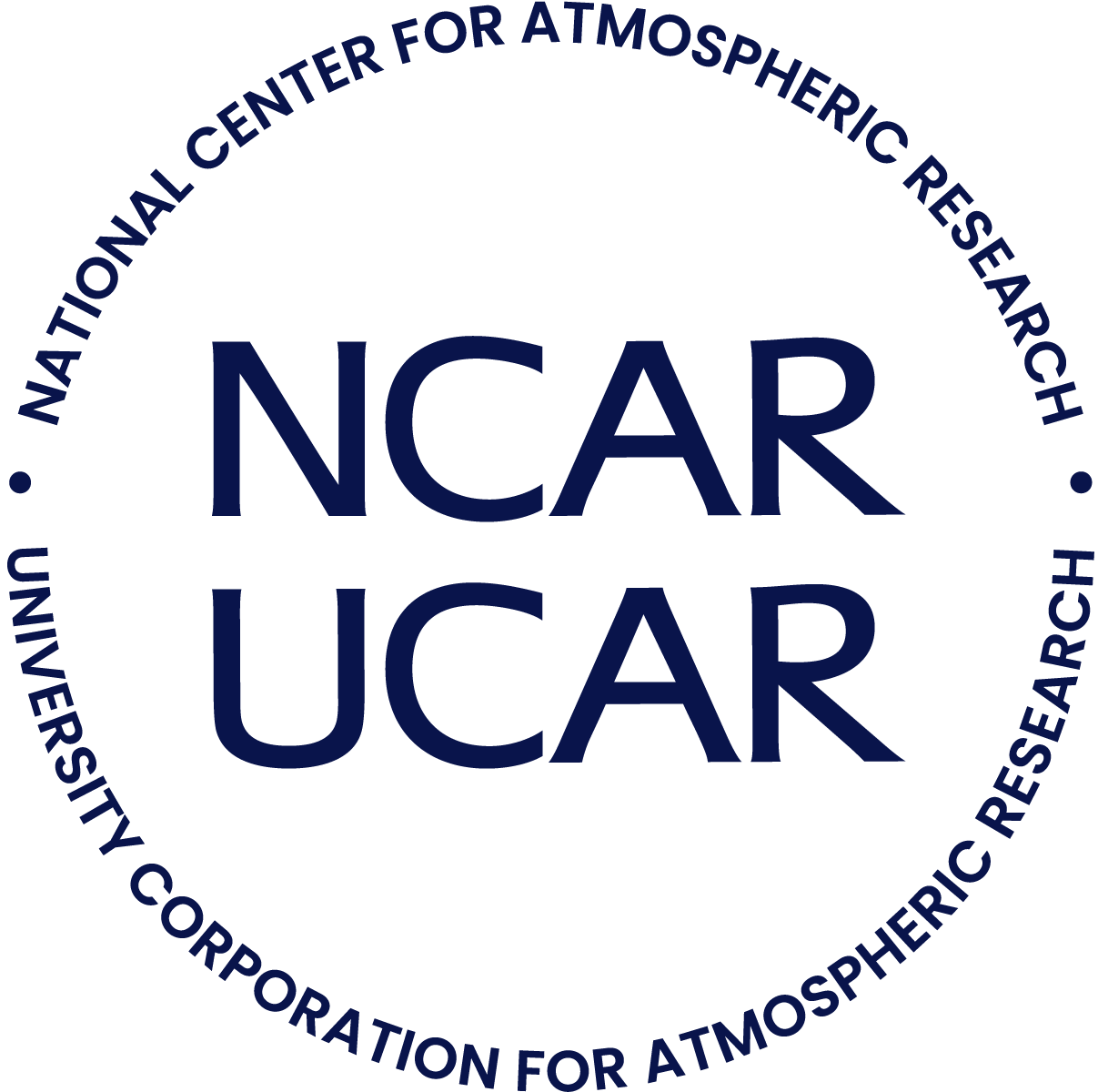-
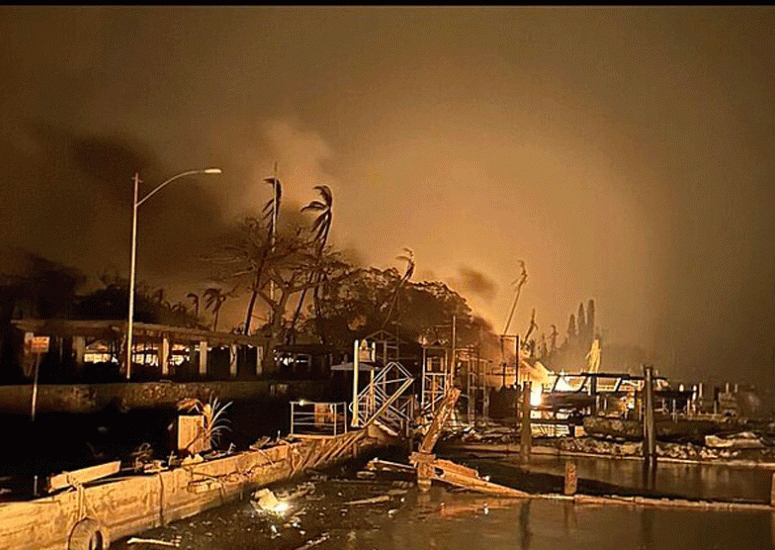
Scientists focus on Lahaina Fire to improve prediction of wildland-urban fires
Scientists have used a pair of computer models to simulate last year's Lahaina Wildfire, a development that could potentially help with future firefighting operations and evacuations.
- Weather
-
2023 year in review
The research coming out of the U.S. National Science Foundation National Center for Atmospheric Research (NSF NCAR) in 2023 ranged from fascinating to impactful. From La Niñas and El Niños to supercomputers named after wind and the impacts of literal wind, here are the highlights of NSF NCAR’s top science stories from the past year.
- Sun + Space Weather,
- Supercomputing,
- Water,
- Weather
-
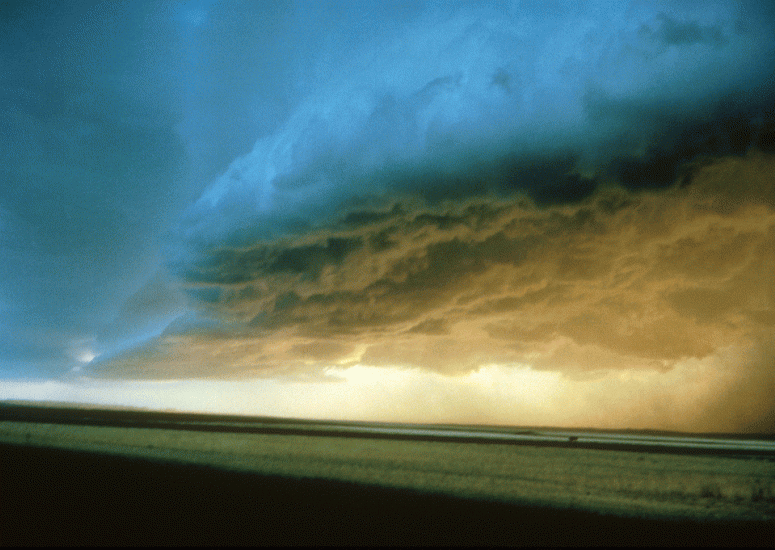
Damaging thunderstorm winds increasing in central U.S.
Destructive winds that flow out of thunderstorms in the central United States are becoming far more widespread with warming temperatures.
- Weather
-
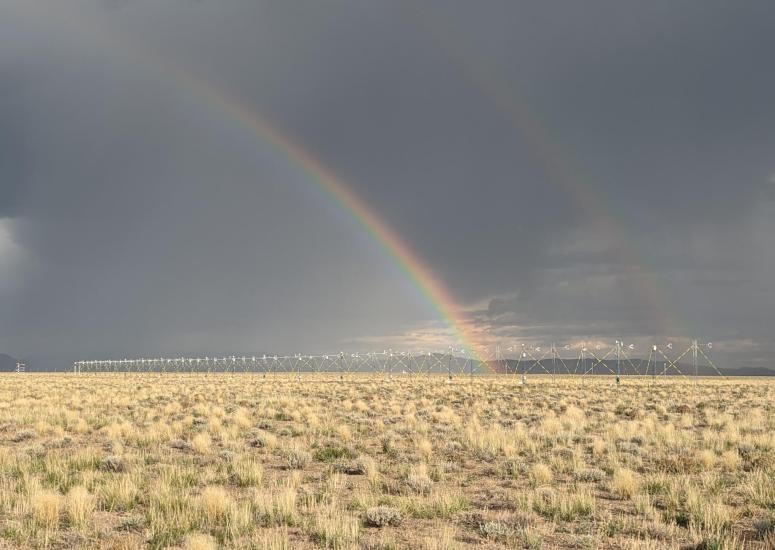
When it comes to collecting data, nothing stops NCAR scientific teams
The reappearance of a dormant lake was only the first challenge faced by an Earth Observing Laboratory field study. Researchers persevered to relocate the project and collect data that may lead to more accurate forecasting of severe weather events like tornadoes.
- Weather
-
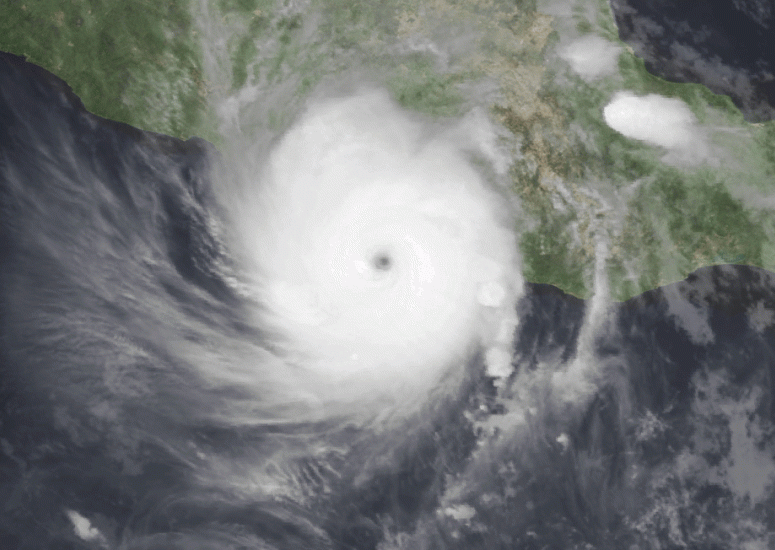
Scientists find two ways that hurricanes rapidly intensify
Scientists have identified two different modes of hurricane rapid intensification. The findings may lead to better understanding and prediction of these dangerous events.
- Weather
